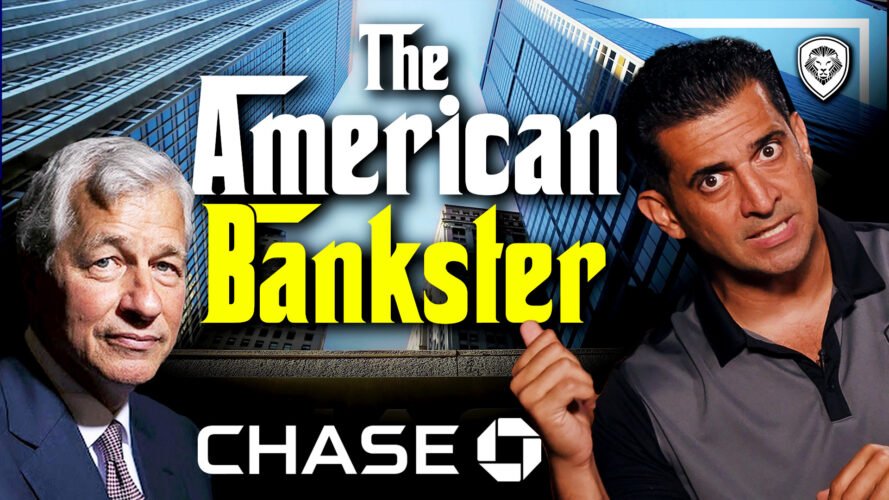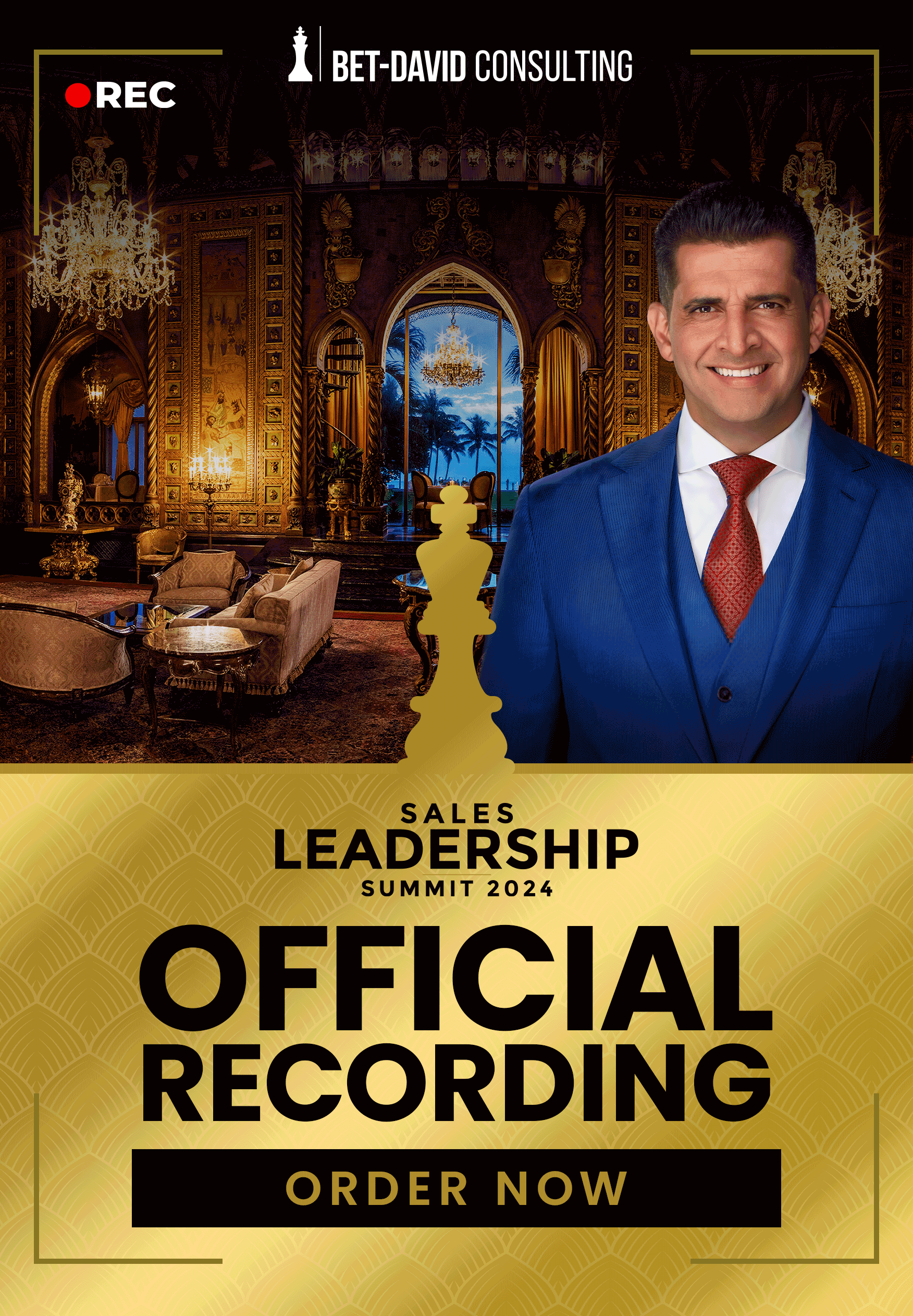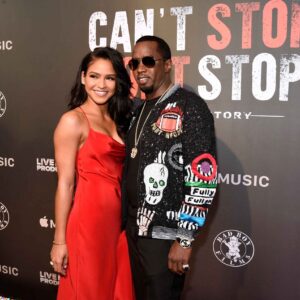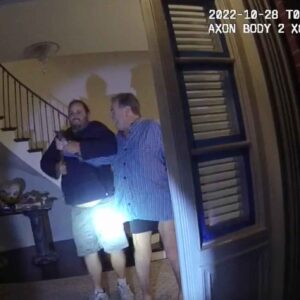You’ve probably heard of JP Morgan Chase but do you know the man behind it? Meet Jamie Dimon – one of the most powerful men in America.
Patrick Bet-David unveils Dimon, the man responsible for building what is now the largest and most important bank in America — JP Morgan Chase which is:
- Ranked the most systemically important bank in the world by the G20’s Financial Stability Board in 2022;
- Processing nearly $10 trillion a day in more than 170 countries and 120 currencies;
- Has $3.2 Trillion in deposits.
Personal Life
Dimon’s story begins with his family who already maintained a legacy in the financial sector — Dimon’s grandfather was a banker and his father a stockbroker. When Dimon began his own career, he was initially rejected by his dream college, Brown University, forcing him to attend Tufts University instead. Unhappy with the situation, Dimon applied to transfer to Princeton University but was rejected, again. However, he then graduated at the top of his class at Tufts and got accepted into Harvard Business School where Dimon graduated in the top 5% of his class.
Early Career
Dimon received numerous high-paying offers from prestigious investment banks but chose to work for a family friend instead – Sandy Weill (for 1/3 of what he could have made elsewhere). Weill ended up selling his company to American Express (“AMEX”) for $900M and got hired as President, taking Dimon with him as his personal assistant. Weill ended up quitting at AMEX after a disagreement with the company’s board. Against Weill’s advice, Dimon elected to follow him out of the company and gamble his family’s future on Weill — an executive everyone thought was ‘washed up.”
Weill and Dimon sought out a small company they could take over and build up. The search led to Commercial Credit Company (“CCC”), a business that gave credit to low-income households. Weill instructed Dimon to analyze CCC which led to the pair spotting hidden value in the company. CCC had a low Return on Equity (“ROE”) which measures how profitable a business is in relation to its equity:
- CCC’s ROE was just 4% while competitors had a 15% ROE;
- Dimon realized CCC maintained a significant amount of assets that could be sold and costs to be cut.
Dimon considered CCC to be a company he could turn around so him and Weil used a significant portion of their money to buy 10% of CCC and raised $850 million from IPO. They then sold enough of the company to obtain an Investment Grade Credit Rating and laid off 10% of CCC’s workforce on the first day to cut costs. Dimon became Chief Financial Officer and after one year of running the company, CCC obtained a 18% ROE and the company’s credit rating increased.
Because of Dimon and Weill’s financial strategy, when the 1987 crash occurred, CCC had a healthier balance sheet than most competitors so the duo began purchasing distressed companies like Primerica (which was a bigger company than CCC).
Through mergers, they evolved into the biggest financial company in America by 1998, Citigroup. Dimon expected to become Chief Executive Officer in the future but after getting hired as President of Citigroup, he had a major disagreement with Weill and his daughter which led to Dimon being fired from the company.
Check out the keynote speakers and details for The Vault 2023 and secure your tickets!
Post-Citigroup Pivot
Dimon then gets hired as CEO of struggling “Bank One” and in the first year:
- Fired 12,000 employees;
- Cut executive compensation;
- Took away company cars, 401k matching, and executive bonuses;
- Sold underperforming parts of the business;
- Took $4.4 billion in write downs and loan loss provisions.
Although Bank One posted a yearly loss of over $500M in 2000, its stock was going up because Wall Street liked what Dimon was doing with the company. Bank One ended up posting a profit of $2.6 billion just one year later and was thriving by 2003.
Then, JP Morgan merged with Bank One in 2004 because it wanted Dimon as CEO. After the merger, JP Morgan became the second largest bank with Citigroup leading the pack as first.
When Dimon took control of JP Morgan he:
- Cut costs;
- Reshaped incentive structures;
- Started building his “FORTRESS BALANCE SHEET”;
- Immediately offloaded the toxic sub-prime loans.
Transforming JP Morgan
As a result of Dimon’s financial planning, when Bear Stearns went bust, the government quickly identified that JP Morgan was the only bank capable of absorbing it. Treasury Secretary Hank Paulson begged Dimon to buy Bear Stearns and Dimon offered to buy for $2 a share – 1 year prior, the stock price of Stearns was $170. The Government even sweetened the deal with $30 billion to reduce Dimon’s risk exposure.
Dimon went on to purchase several distressed banks in the following years, further expanding JP Morgan’s market share.


















Add comment